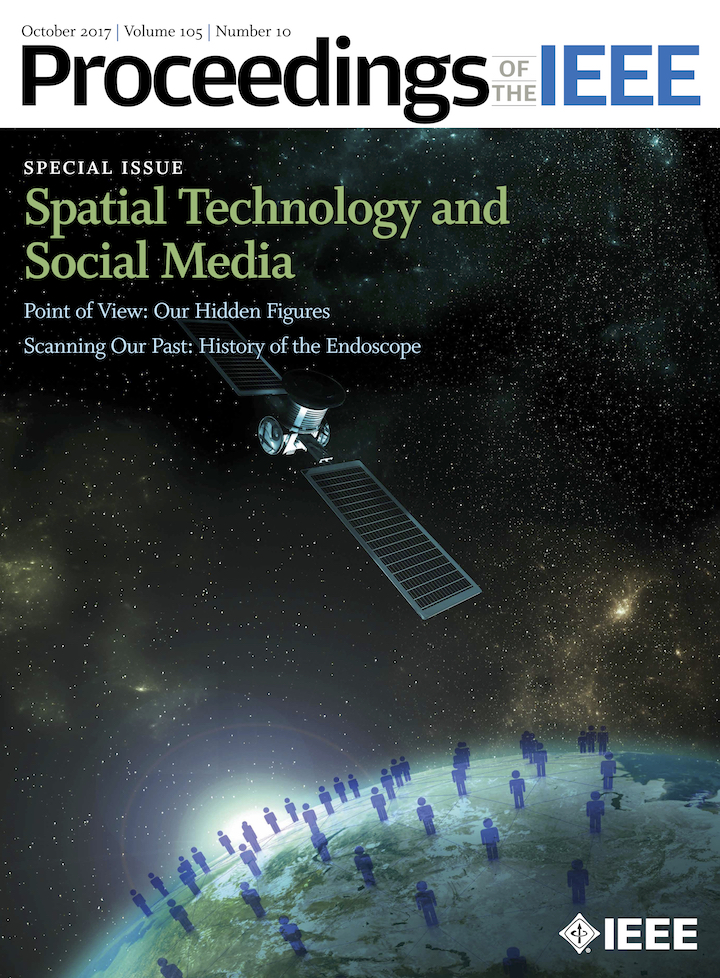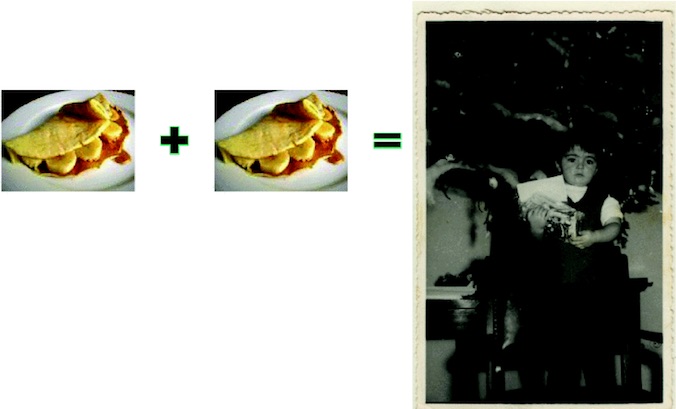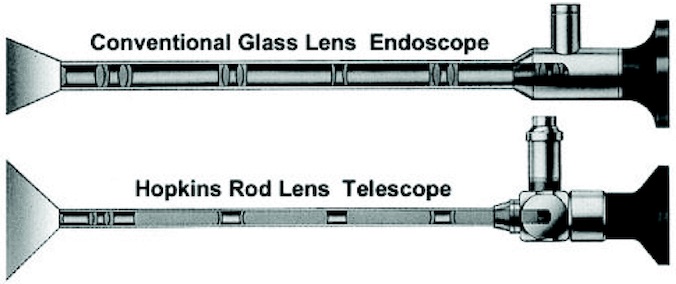2017 Journal Issues October 1, 2017


Special Issue: Spatial Technology and Social Media
Volume 105, Issue 10
October 2017
Guest Editors





Special Issue Papers
By A. Plaza, J. A. Benediktsson, J. Li, T. Yang, and B. Zhang
By J. Li, J. A. Benediktsson, B. Zhang, T. Yang, and A. Plaza
This paper provides an overview on the integration of social media content with remote-sensing-based spatial technologies.
By G. Cheng, J. Han, and X. Lu
This paper reviews the recent progress of remote sensing image scene classification, proposes a large-scale benchmark data set, and evaluates a number of state-of-the-art methods using the proposed data set.
By S. Lefèvre, D. Tuia, J. D. Wegner, T. Produit, and A. S. Nassar
This paper provides a review of techniques for multiview scene analysis combining satellite/aerial and ground/street level imagery in order to perform scene registration, reconstruction, or classification.
By J. Li, Z. He, J. Plaza, S. Li, J. Chen, H. Wu, Y. Wang, and Y. Liu
This paper provides a detailed overview of strategies for the integration of social media and remote sensing data in time-critical applications. Several practical case studies and examples are presented in the context of applications focused on emergency response.
By F. Dell’Acqua and D. De Vecchi
The EU Copernicus initiative is a superb instance of systematic, open Earth monitoring from space and from ground. This paper provides reasons for “why” and “how” incorporating “citizen sensors” could make it even more effective in capturing relevant information.
By M. Chi, Z. Sun, Y. Qin, J. Shen, and J. A. Benediktsson
This paper proposes a novel data methodology proposed to tackle the labeling problem of urban remote sensing images by exploiting big remote sensing data, comprising remote sensing images in urban areas and location-based social media data and provides a tentative solution to validate the effectiveness of the proposed methodology.
By X. Qian, X. Lu, J. Han, B. Du, and X. Li
This paper presents a comprehensive overview for the technologies combining social media and spatial technology for place-of-interest cognition and image geographical localization.
By L. Zhao, J. Wang, F. Chen, C.-T. Lu, and N. Ramakrishnan
This paper proposes a novel multiresolution framework that can jointly optimize the forecasting accuracy and discernibility utilizing the spatial hierarchy, correlation, and heterogeneity.
By G. Kordopatis-Zilos, S. Papadopoulos, and I. Kompatsiaris
This paper presents a language-model-based approach for estimating the geographical location of web multimedia based on the accompanying text.
Point of View
By Jelena Kovačević

Scanning Our Past
Piet C. De Groen

3 Comments
Comments are closed.